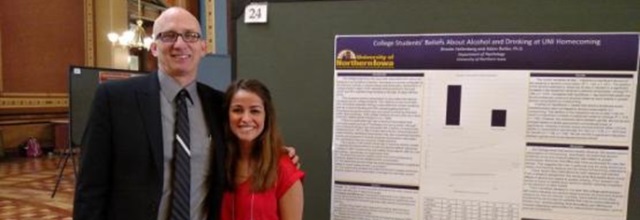Honors Program Theses
Award/Availability
Open Access Honors Program Thesis
First Advisor
Kevin Droe
Keywords
Clarinet--Methods; Clarinet--Instruction and study; Saxophone--Methods; Saxophone--Instruction and study;
Abstract
Doubling, or the ability to play one or more secondary instruments, is an extremely important skill for the professional woodwind player to have. For a saxophonist, the ability to play clarinet can sometimes make the difference between winning an audition or not. On a more basic level, many clarinetists learn to play saxophone so they can participate in the school jazz band, while many saxophonists learn to play clarinet both as a double in jazz band or as a new challenge in the concert band setting. Many times a student will pick up an instrument and attempt to figure it out on their own, and are able to get by using a subpar embouchure without ever learning the way to improve their sound or ability. Knowing typical misconceptions and problems in advance can help new students learn to perform better on their secondary instrument as soon as they learn to play, and can help teachers with identifying common mistakes to look out for. Unfortunately, research documenting the differences between clarinet and saxophone and problems experienced by doublers is lacking. Most available sources on doubling simply describe its usefulness from a performance perspective, rather than describing ways to teach doubling or common issues with musicians playing both instruments. The purpose of this thesis is to examine the tendencies and misconceptions of clarinetists and saxophonists when playing a clarinet or a saxophone as a secondary instrument.
Year of Submission
2015
Department
School of Music
University Honors Designation
A thesis submitted in partial fulfillment of the requirements for the designation University Honors
Date Original
2015
Object Description
1 PDF file (26 pages)
Copyright
© 2015 Nicholas Jeremy Carlo
Language
EN
File Format
application/pdf
Recommended Citation
Carlo, Nicholas Jeremy, "Similar but different: an analysis of differences in clarinet and saxophone pedagogy and doubler’s misconceptions" (2015). Honors Program Theses. 234.
https://scholarworks.uni.edu/hpt/234



